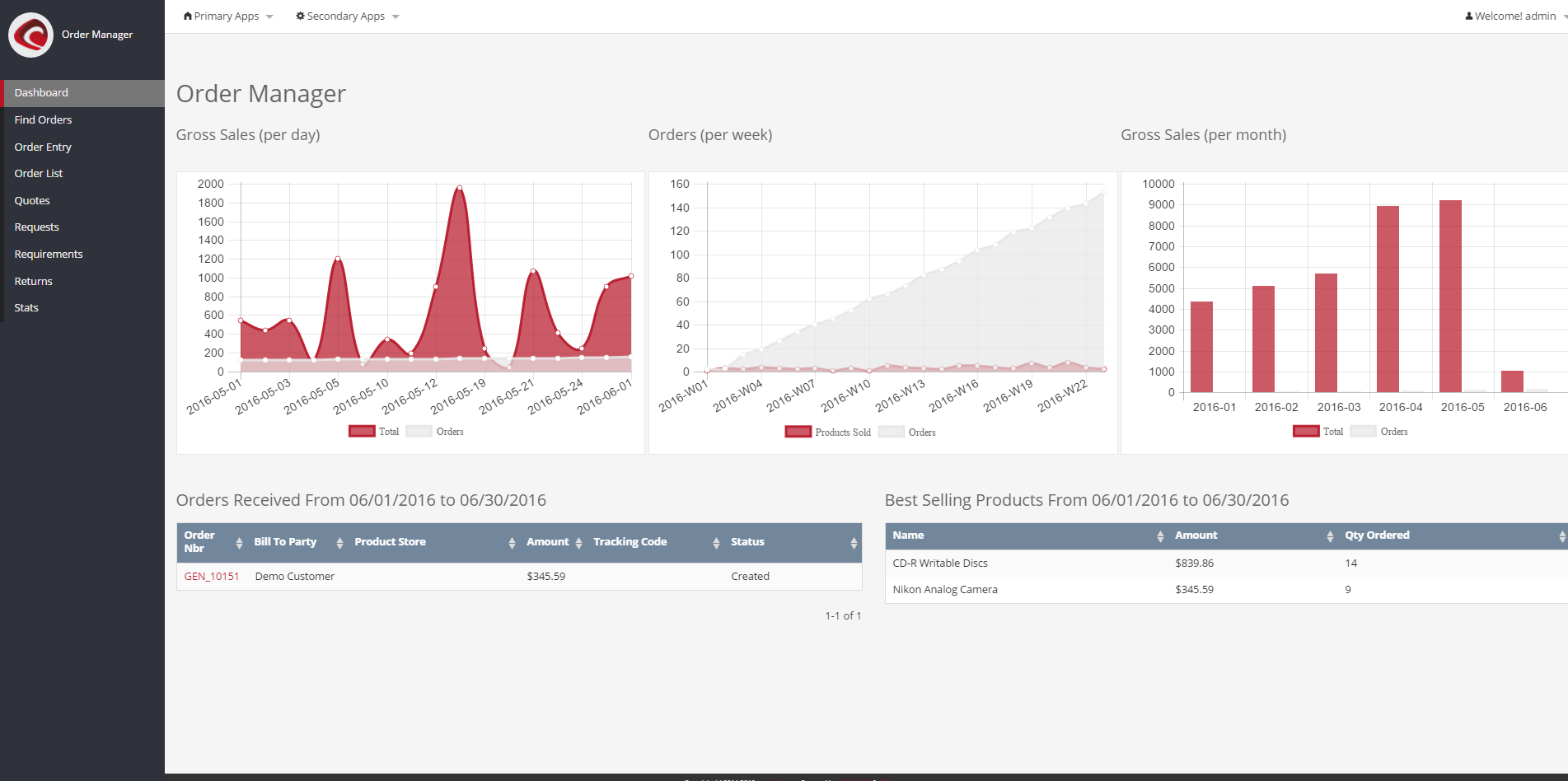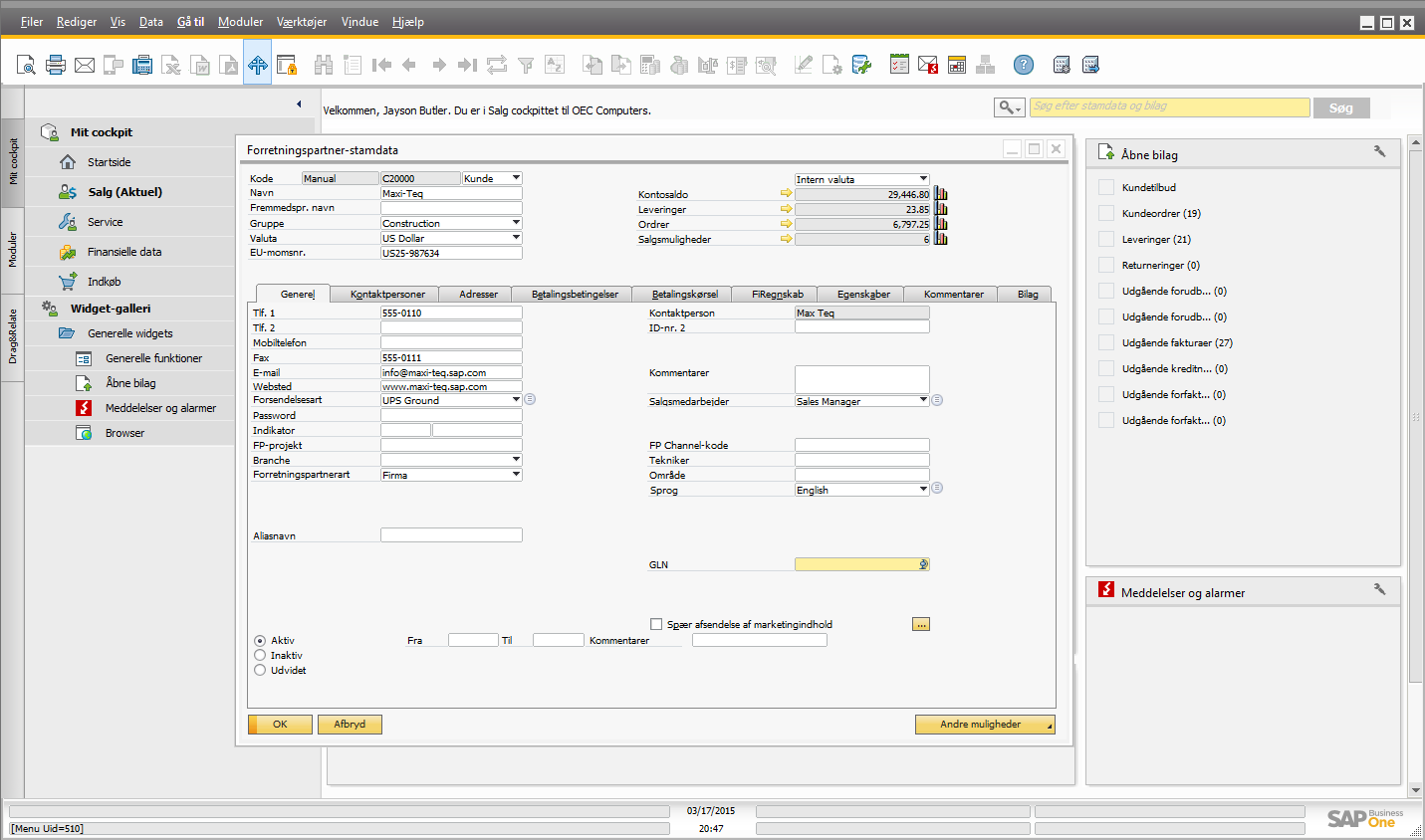Difference Between ERP and SAP
Every business at some point requires some sort of management system to facilitate the flow of information and manage all resources within the business organization to efficiently improve their overall business processes. The idea is to implement a system of integrated applications to better manage the business processes and automate most of the functions related to technology, services and human resources. The idea is to increase productivity by automating business processes in order to reduce administrative costs, IT expenses, and deliver times that otherwise would hot have avoided with manual process handling. In short, businesses require implementing an ERP (Enterprise Resource Planning) system that would leverage both internal and external information relevant to the organization in order to increase productivity and improve performance. SAP is the world’s largest vendor of ERP solutions and the market leader in business process applications such as ERP, CRM, SCM, etc.

What is ERP?
ERP, short for Enterprise Resource Planning, is business process management software that allows an organization to integrate various processes that are essential to running a business into one complete system in order to increase productivity and improve performance within an organization. ERP software is basically a suite of integrated applications designed to manage the key functions of a business including accounting, inventory and order management, human resources, and more. It integrates all those basic functions into one centralized system in order to streamline processes and information flow across the entire business organization. The automated system integrates areas such as planning, inventory, purchasing, marketing and sales, human resources, and finance. The term ERP is not self-explanatory and refers to an industry term for the broad set of activities that would help an organization record and manage its data related to technology and human resources. In short, ERP is a technology that automates the core business processes of an organization in order to eliminate redundant processes and systems.

What is SAP?
SAP stands for Systems, Applications, and Products in Data Processing. It’s a German multinational software giant known for making enterprise resource planning (ERP) software to manage business processes and customer relations. SAP is the world’s largest vendor of ERP solutions and a leader in business applications. SAP provides a software suite of business process applications that are implemented across large or medium size enterprises to provide end to end solutions for logistics, distribution, financial, and inventories. It integrates core business processes across various functions with each function tied up to the respective module in SAP. The modules collect and integrate data from different aspects of the business. There are different SAP modules which share information into an integrated system based on the defined processes. The most implemented SAP modules are Human and Resource Management (HRM), Sales and Distribution (SD), Material Management (MM), Production Planning (PP), Quality Management (QM), Financial Accounting (FI), and more.
Difference between ERP and SAP
Definition of ERP and SAP
ERP stands for Enterprise Resource Planning and it’s a business process management system which automates and integrates all the core business processes of an organization into a shared database in order to streamline processes and information across the organization. SAP (Systems, Applications, and Products in Data Processing) can be referred to as the products offered by the company SAP AG. SAP is one of the largest providers of ERP software in the world.
Basics of ERP and SAP
ERP software is a suite of business process applications which help businesses consolidate core functions and information flow into an integrated system to better manage business processes thereby reducing administrative costs that otherwise would have incurred with manual process handling. SAP is a multinational company that creates business management software including the ERP system.
Application of ERP and SAP
ERP is a superset of SAP, whereas SAP is a Tier 1 ERP software offering. ERP is more like a methodology which follows a specific set of standards to link applications together in a single architecture based on functions. ERP helps an organization manage and consolidate its overall performance across various functions. SAP is simply an ERP tool.
Modules of ERP and SAP
SAP and ERP are often used synchronously because SAP is considered one of the world’s largest vendors of ERP systems. The main feature of ERP is that all applications within an organization share the same database of information and processes, which eliminates the need for data gathering from multiple systems thereby making business processes simpler and efficient. SAP has modules which manage various functions within an organization. Each module corresponds to specific functions.
ERP vs. SAP: Comparison Chart

Summary of ERP Vs. SAP
ERP is a software suite of business process applications developed by the multinational software giant SAP SE, which incorporates the key functions of a business within an organization. The idea is to provide businesses with a platform that would allow them to maintain a single database for data related to a variety of business functions in an accessible way. The idea behind an automated business management tool is to save businesses from inefficient operations and expensive processes. SAP is the world’s largest vendor of ERP solutions and a leader in business applications. ERP is more like a methodology with a specific set of standards that consolidate various applications of an enterprise in a single domain, whereas SAP is one of the world’s largest providers of ERP systems.
- Difference Between Caucus and Primary - June 18, 2024
- Difference Between PPO and POS - May 30, 2024
- Difference Between RFID and NFC - May 28, 2024
Search DifferenceBetween.net :
1 Comment
Leave a Response
References :
[0]Harwood, Stephen. ERP: The Implementation Cycle. Abingdon: Routledge, 2017. Print
[1]Pelphrey, Michael. Directing the ERP Implementation. Florida: CRC Press, 2015. Print
[2]O'Leary, Daniel E. Enterprise Resource Planning Systems. Cambridge: Cambridge University Press, 2000. Print
[3]Image credit: https://commons.wikimedia.org/wiki/File:Scipio_ERP_Metro_Screenshot_2.png#/media/File:Scipio_ERP_Metro_Screenshot_2.png
[4]Image credit: https://commons.wikimedia.org/wiki/File:SAP_Business_One_Klient.png#/media/File:SAP_Business_One_Klient.png

This article provides truly best info about ERP and SAP, Thank you to the author for sharing such an informative blog.